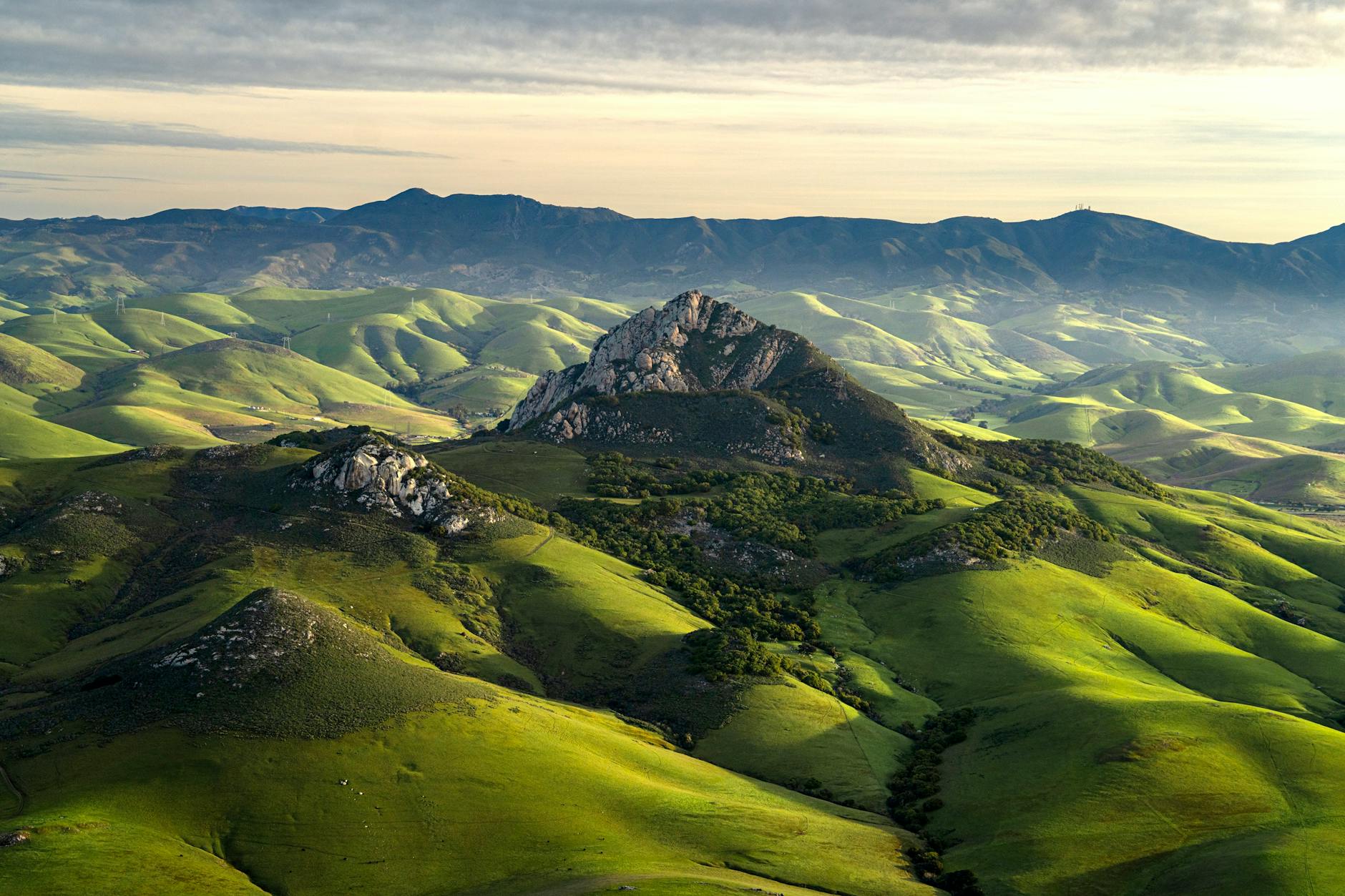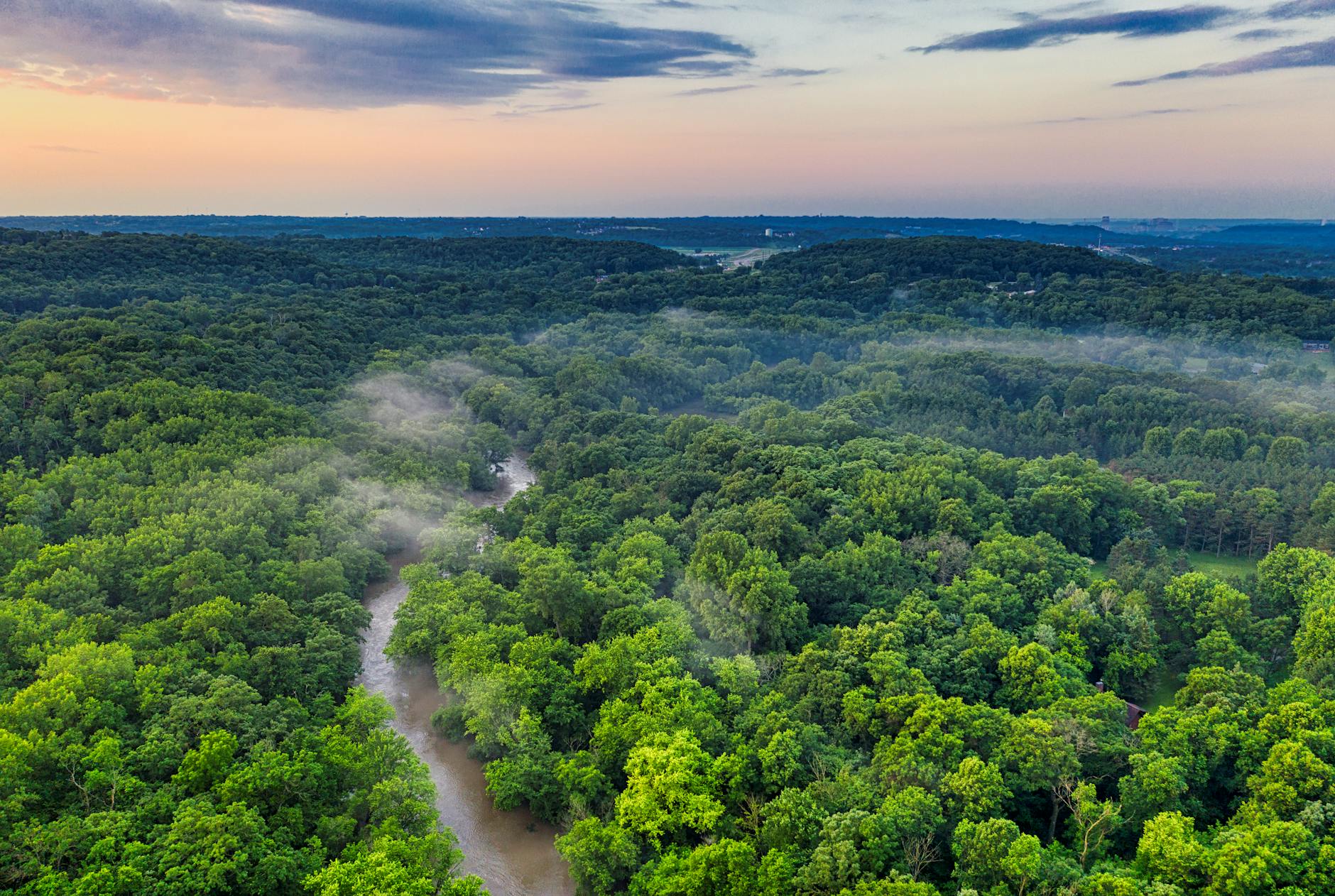How Australia's Sunscreen Choices Protect the Great Barrier Reef

Australian Sunscreens: An Overview
Australia is renowned for its stunning beaches and vibrant marine life, with the Great Barrier Reef a notable marvel. It's here that sunscreen choices become vital not only for personal health but also for environmental protection. I've seen first-hand, through "the Great Barrier Reef marine tours," the impact sunscreen can have on this fragile ecosystem. To protect yourself and our marine life, consider using reef safe sunscreen.
Understanding the key ingredients in sunscreens helps make informed choices. Chemical compounds like oxybenzone and octinoxate have been linked to coral bleaching when washed off into oceans. Conversely, mineral-based formulations, often zinc or titanium-based, provide a safer alternative. These reflect the sun’s rays without the use of harmful chemicals that have detrimental effects on marine life.
The environmental impact of traditional sunscreens is significant. When tourists flock to popular locations, like the Cairns Esplanade, there's a greater chance these harmful chemicals enter the ocean, causing damage over time. Innovative formulations in sunscreens aim to circumvent these issues. Brands now prioritize biodegradable packaging and natural ingredients to align with eco-conscious values.
In seeking solutions, it's clear that innovation and education around sunscreen use are essential. By making small adjustments to our purchases, we can contribute to the preservation of our precious marine environments for future generations and inspire others to make sustainable choices.
The Great Barrier Reef’s Ecosystem
Exploring the Great Barrier Reef on a marine tour, I've witnessed firsthand the staggering beauty of vibrant corals and diverse marine life. Understanding the health of these corals is crucial, as they form the backbone of our marine ecosystem. Healthy corals provide shelter and sustenance, supporting numerous species that thrive in this region. However, human activities pose significant threats to this delicate balance.
The increasing influx of tourists has brought with it a tide of environmental challenges, one of which is the pollutants introduced through chemical sunscreen use. Ingredients like oxybenzone and octinoxate are known to contribute to coral bleaching, disrupting the marine habitat they've created. Every visit to sites like the Great Barrier Reef comes with the responsibility of protecting it, and one essential change we can make is in our choice of sunscreen. By opting for zinc sunscreen, which is non-nano and non-toxic, we lessen our ecological footprint and promote healthier marine environments.
Back on land, eco-shops along the Cairns Esplanade offer a variety of environmentally friendly products, underscoring a growing awareness about conservation. Engaging with resources at places like the Australian Marine Conservation Society headquarters further helps in understanding the impact and advocating for the reef's preservation. My hope is that more individuals would shift towards sustainable practices, ensuring that future generations also experience this natural wonder.
Protecting the Reef with Sunscreen
Reef-Safe Sunscreen Features
As a marine activist, I can’t emphasise enough the importance of choosing the right sunscreen while enjoying the wonders of the ocean. One major step we can take is to opt for kids sunscreen that is labelled as "reef-safe." Such sunscreens usually forego harmful chemicals like Oxybenzone and Octinoxate, which are notorious for causing coral bleaching. Instead, they rely on minerals like zinc oxide or titanium dioxide. These alternatives physically block UV rays and break down more naturally without lingering in marine environments.
Testing and Certification Processes
Exploring the Great Barrier Reef through marine tours has revealed that certifications for reef-safe sunscreens play a significant role in safeguarding marine life. Products that undergo rigorous testing are less likely to disrupt marine ecosystems. Numerous organisations, including the Australian Marine Conservation Society, are pivotal in setting these standards. While combing through options at the Cairns Esplanade eco-shops, it's vital to look for certifications that guarantee the formulations are environmentally friendly.
Case Studies of Positive Impact
I've witnessed firsthand the benefits of adopting reef-friendly practices. Marine eco-tourism operations have reported healthier coral conditions as more visitors shift to reef-safe products. These changes aren't just anecdotal. Studies have shown that using eco-friendly sunscreens can halt and potentially reverse some adverse effects on reef life. Each choice, no matter how small, contributes to protecting the incredible biodiversity in our waters.
Overcoming Regulatory Challenges
Australian Policy Contrast
Throughout my time participating in the Great Barrier Reef marine tours, it's become clear that Australia's sunscreen regulations differ significantly from many other countries. At the heart of these differences are the diverse climates and environments across Australia, necessitating a unique approach to policy-making. These disparities, however, pose unique challenges. In fact, one encounter I had while conducting a marine awareness seminar highlighted that not all sunscreens currently marketed as "reef-safe" meet strict eco-friendly standards. Such inconsistencies warrant tighter regulatory frameworks.
Implementing Change: Overcoming Barriers
In discussions with peers at the Australian Marine Conservation Society headquarters, one common hurdle in sunscreen regulation is the hesitation in transitioning to wider acceptance and availability of environmentally-friendly alternatives. This delay often stems from deep-rooted market dynamics and economic considerations. Yet, as stewards of the planet, we must forge ahead, compelled by the evidence that some ingredients, primarily in non-biodegradable sunscreens, harm marine ecosystems. The journey is not without challenges, but our collective resolve should guide us toward sustainable options.
Vision for Sunscreen Safety’s Future
To secure the future of environmental protection, we need to foster a culture where not only are consumers well-informed, but policies are aligned with sustainability goals. I often meet eco-conscious consumers at the Cairns Esplanade eco-shops, inspired by their desire to make informed choices, and it renews my belief in community-driven advocacy. Our shared vision includes stricter sunscreen standards, innovative formulations, and a commitment to reducing environmental footprints, empowering all of us to protect the sea life around the Great Barrier Reef and beyond.


